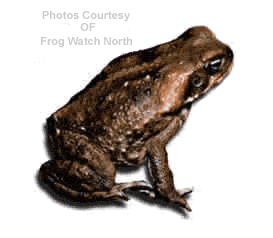ABSTRACTS
Ecology of cane toads in new and established populations
Ross A. Alford, Mark N. Hearnden, Martin P. Cohen, and Michael R. CrosslandSchool of Tropical Biology, James Cook University, Townsville, Qld. 4811
Between 1986 and 1996 we carried out a large-scale study of the ecology and population dynamics of cane toads centred on the Townsville region in North Queensland, where toads had then been established for about 40 years, Calvert Hills, in the Gulf country of the N.T, where they first arrived in the 1985-86 wet season, and Heathlands Ranger Base in Cape York Peninsula, where they first arrived in 1991. We monitored several populations of adults in Townsville and Calvert Hills for 6 years each, each region, and determined their reproductive rates and the survival rates of eggs, tadpoles, and early postmetamorphic individuals, and how these are affected by the physical and biological environment. We carried out additional monitoring and experimental work at Heathlands.
All populations of cane toads fluctuated dramatically over time. We found no clear and consistent differences between new and established populations. Activity levels and detectability of cane toads near water bodies varied dramatically from day to day, and was only moderately affected by recent weather conditions. New populations reached levels similar to established populations within the first 2 years following establishment. Survival rates of all life history stages were relatively low and highly variable, with strong evidence for density dependent survival of eggs, larvae, and postmetamorphic juveniles. This density dependence indicates that control measures that reduce the density of these life history stages may be counterproductive; reducing their density may leave more, or more fit, juveniles to survive to adulthood. Many species of native predatory animals were capable of consuming cane toad eggs and tadpoles; a major exception to this was the tadpoles of native frogs, which attacked cane toad eggs and succumbed to their toxins. Body condition and local densities of adults were strongly influenced by the general availability of water, both seasonally and annually. Water is clearly a limiting resource for cane toads in Australian tropical savannas, and controlling their densities when aggregated near water in the dry season may be the most effective means of control of local populations.
